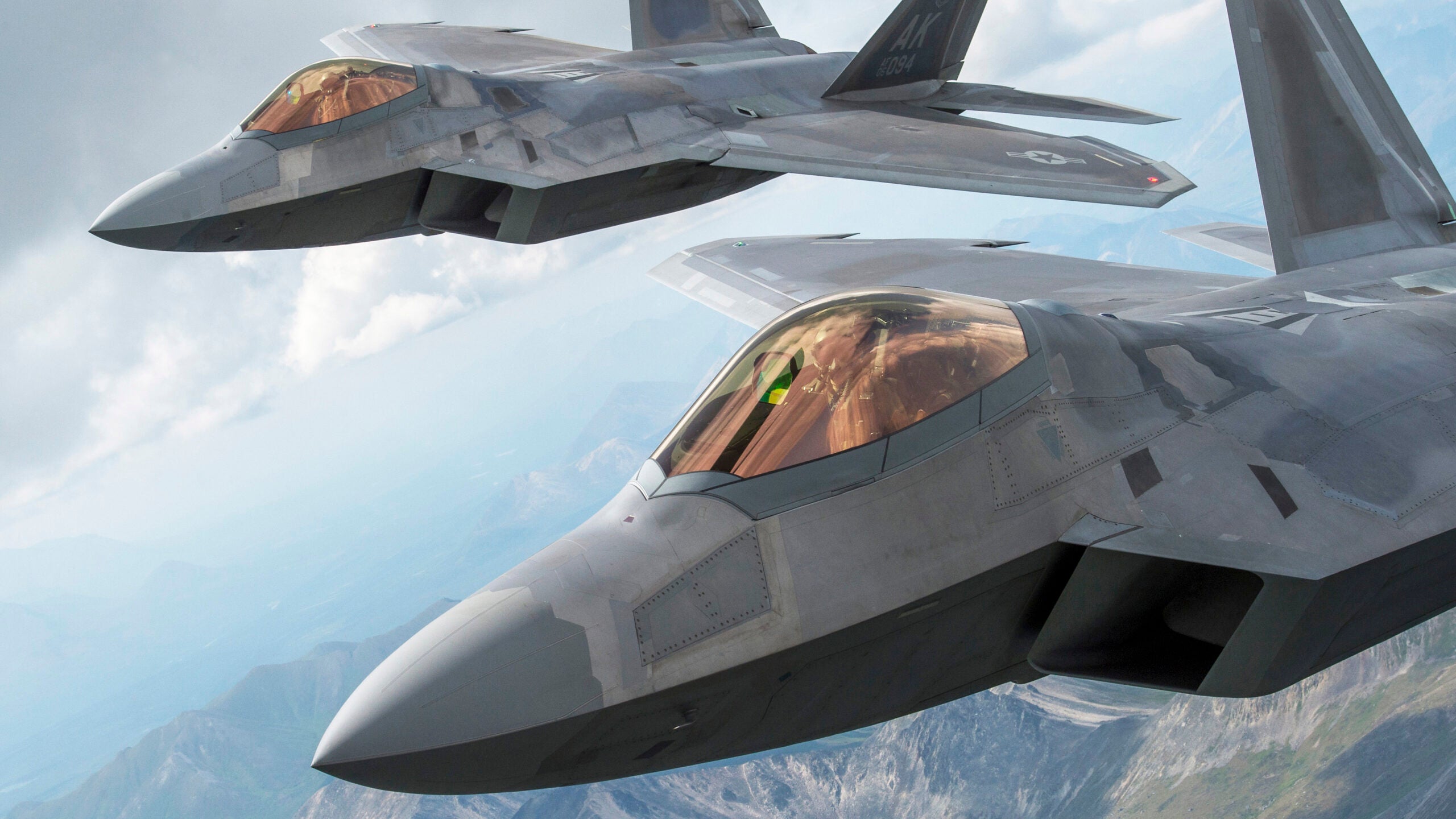The U.S. Air Force has finally kicked off plans to integrate an infrared search and track sensor, or IRST, capability on its stealthy F-22 Raptor air dominance fighter. Under the Advanced Tactical Fighter (ATF) program, the F-22 was originally planned to have an IRST, a sensor that provides a significant capability to detect and track other aircraft at long ranges, including stealthy ones, that is totally passive and immune to electronic warfare, but it was ultimately dropped on cost grounds. Now, the service is at least looking at ways to insert the capability back into the jet.
One of the items in a document newly released under the Small Business Innovation Research (SBIR) program calls for submissions related to an apparent new IRST capability for the F-22, among other new upgrade requirements.
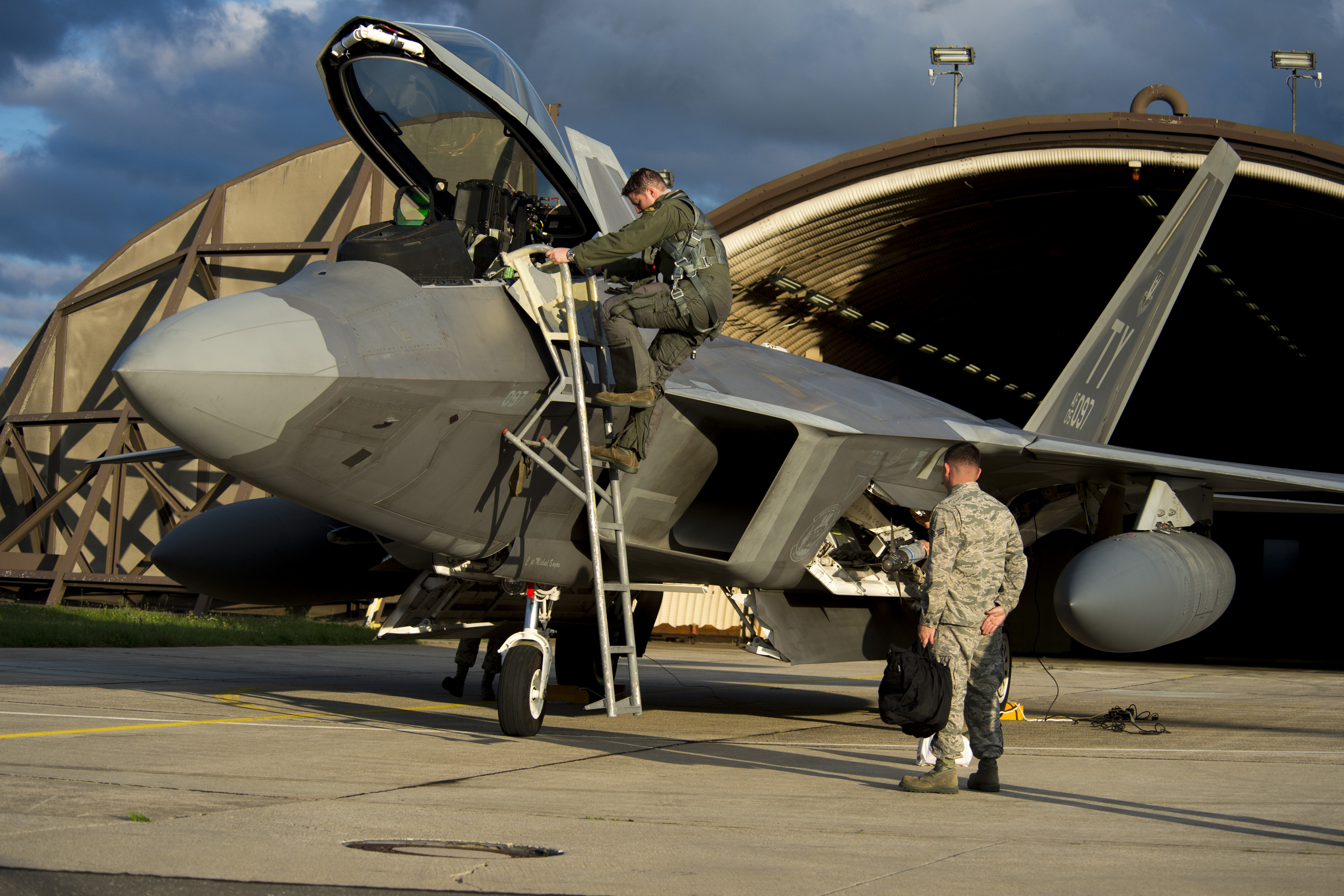
“The F-22 Program Office is seeking novel hardware and software solutions that provide long-range infrared sensing and object detection capabilities,” the document states. If a contractor is able to develop a product that meets the requirement, the Air Force will evaluate it, with the intention of integrating it on the fighter.
In the same document, the Air Force also calls upon industry for potential solutions for the following F-22 requirements: cyber intrusion detection and prevention, predictive maintenance, synthetic data generation, sensor fusion, improved sensing (radar), manned-unmanned teaming, pilot-assisted autonomy, alternative navigation to GPS, Scorpion helmet-mounted display, Red Air threat replication application, optimized intercept, real-time debriefing (basic fighter maneuvers), and combat ID. The F-22 Program Office says it may also consider funding other areas not outlined above.
As mentioned, the original F-22 was to feature an advanced IRST at a time when this kind of technology was rare among Western fighter designs. Yet when the pre-production F-22 Raptor emerged it lacked an IRST. The sensor was one of a number of capabilities, including side-looking airborne radar (SLAR) arrays that would have been located on the sides of the jet’s diamond-shaped nose, that fell victim to budget-trimming measures early on in the program.
As to how an IRST sensor might be integrated into today’s F-22, this certainly poses a challenge. Adding an external pod would disrupt the Raptor’s carefully managed low-observable qualities. Installing the sensor internally is a possibility, although it would also likely involve a significant rework that could have to consider the impact of the changes on the aircraft’s overall radar signature. Then there is the question of whether the internal space that was previously allocated for the IRST, plus sufficient cooling, is even still available, with a succession of in-service upgrades meaning that these areas are very much at a premium.
Back in 2017, Ken Merchant, who was then Lockheed’s vice president for the F-22 program, told
Air Force Magazine that “we really don’t have the real estate” to fit an internal IRST in the jet, at least in an installation comparable to the Electro-Optical Targeting System (EOTS) in the F-35.

“We’re looking at other options,” Merchant said at the time, but he was unable to provide more details due to classification.
One option might be to integrate an IRST-like capability into one of the F-22’s existing sensors, that being the AN/AAR-56 Missile Launch Detection system, or MLD. This system currently provides the Raptor pilot with 360-degree detection of both airborne and surface-launched guided missile threats. Mounted on the skin of the aircraft, the MLD system consists of a network of optical components and assemblies, including six sensors set behind low-observable windows.
The AN/AAR-56 is a relatively little-known system on the F-22 and the exact nature of its capabilities remains unclear, although it likely has some latetent austere IRST-like capability. However, the system is very mature and new components based on the latest technology could potentially introduce a more extensive infrared search and track function, meaning it would be able to track multiple aircraft and missile targets beyond visual range. Still, the AN/AAR-56’s apertures are tiny, and even with the latest sensor technology, updating the system for longer-range infrared detection and tracking capabilities would result in a different level of capability compared to what’s offered via a dedicated advanced IRST. That being said, the system is already endemic to every Raptor and it would provide a 360-degree sphere of coverage, which a traditional IRST cannot. In fact, upgrading the F-22’s MLD would be a great compliment to a full-up IRST.

As to the advantages that a dedicated IRST sensor would bring to the F-22, these are much more obvious.
Unlike many other Air Force tactical jets, the F-22 does not carry the Lockheed Martin AN/AAQ-33 Sniper Advanced Targeting Pod (ATP). Although this pod is traditionally used for air-to-ground precision strike and reconnaissance functions, it can also be employed for long-range visual air-to-air identification purposes. This is an extremely useful capability that allows for high-confidence identification friend-or-foe operations at long distances, day or night. The pod does have something of a pseudo-IRST function, and thus can be used as a ‘poor man’s IRST,’ able to detect aircraft at sizeable ranges. But once again, this does not come close to the capability of a dedicated low-wavelength IRST that is built from the ground-up for air-to-air combat and has all the backend processing power and software to make the very most of its capabilities, let alone integrating them deeply with the aircraft’s combat systems.

As for a modern IRST sensor, like the IRST21-based one found in the Legion Pod, this would allow the Raptor pilot to rapidly spot and then track multiple targets well beyond visual range. The sensor would provide additional targeting data, allowing an enemy to be engaged passively, without any telltale emissions from the fighter’s radar — an especially useful capability for a stealth fighter. As well as these kinds of stealthy engagements, the targeting data from the IRST could also be combined with information from the F-22’s other highly capable sensors, including its outstanding passive electronic support measures suite, and from other platforms, to gain improved accuracy and better overall situational awareness of the air combat arena.
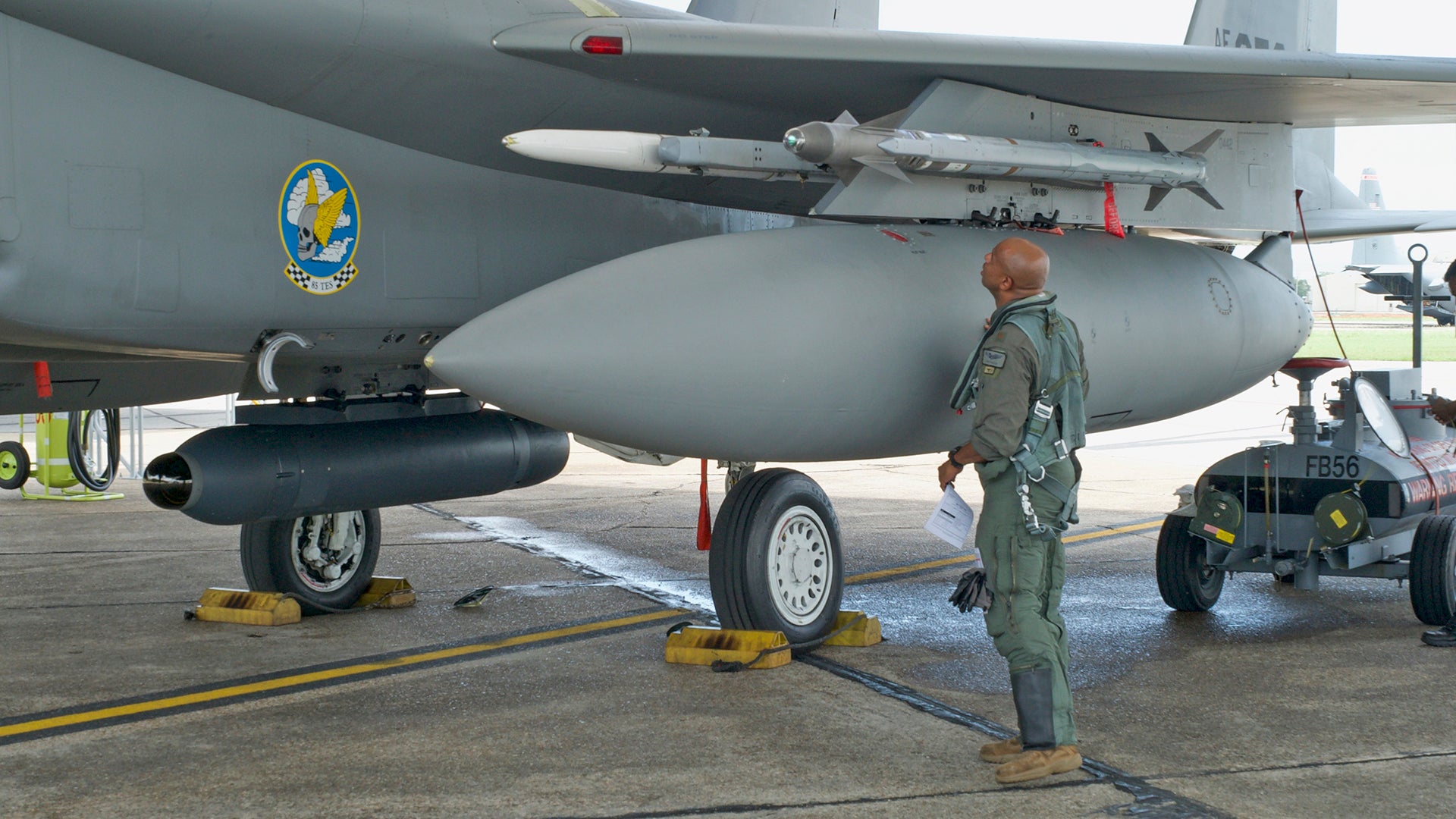
As the Air Force, and the U.S. military in general, turns its attention increasingly toward the kinds of high-end threats posed by China and Russia, adding IRST to its most capable fighter would offer another advantage. Its value would come into its own, especially against a more sophisticated opponent, one that is likely to employ intense electronic warfare capabilities, potentially degrading radar and even some datalink functionality. At the same time, any opportunity the F-22 has to engage a target without using its own radar provides another level of protection against threat sensors that would be likely looking to detect those transmissions. That being said, the AN/APG-77 AESA radar has some of the best low-probability of intercept (LPI) capabilities of any radar on the planet, which makes detecting it, and especially geolocating it, very challenging for enemy sensors.
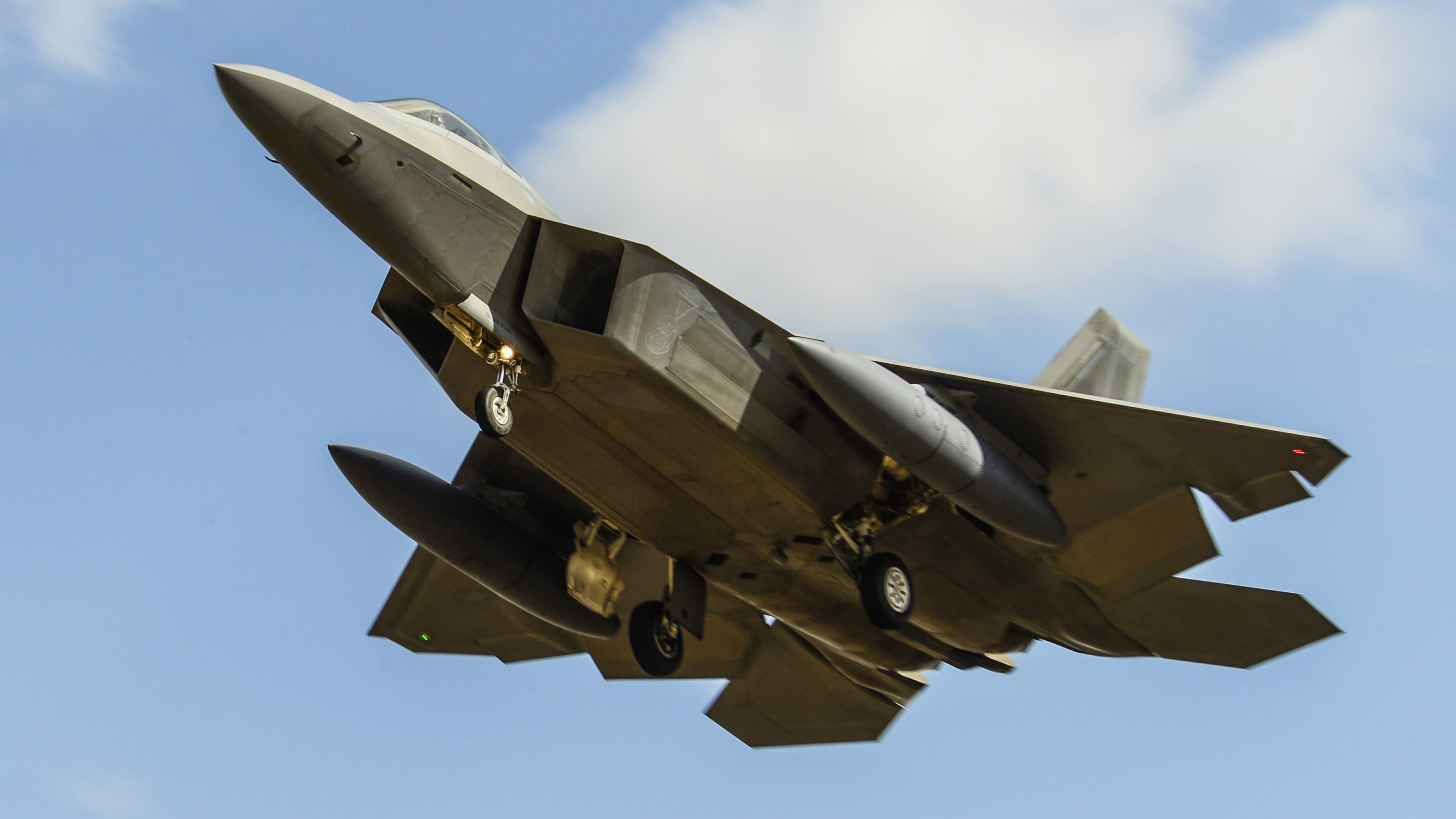
In addition, the range of aerial threats that an IRST would help the F-22 acquire and engage similarly plays into these kinds of high-end scenarios. A modern IRST is capable of detecting targets that radar may not be able to, such as stealthy fighters, drones, bombers, and even cruise missiles — all types of threats that could increasingly be encountered in a confrontation with China or Russia. Of course, IRST works very well against all non-stealthy types, as well.
Some may argue that strapping an example of the increasingly widely fielded Legion Pod to an F-22 would be worth it even if it degrades the ability of one or two Raptors within a flight of multiple jets to hide from enemy radars. The pod-equipped aircraft could share their targeting data with the rest of the flight seamlessly through the aircraft’s very hard to jam proprietary datalink and tactics could be created to minimize the risk to the IRST-equipped Raptors while also leveraging the unique information they would provide. This sort of tradeoff appears to be in the process of being explored in other ways as the F-22 looks to maintain relevance against rapidly evolving peer threats.

F-22s can patrol above 60,000 feet, giving them an immense line-of-sight high above weather and in very cold air, which is a great environment for an IRST. With that in mind, if an external option was deemed unsuitable, finding a way to mount one internally, or even by using one of the internal AIM-9X rails to selectively deploy an IRST when needed, could be a very worthwhile investment.
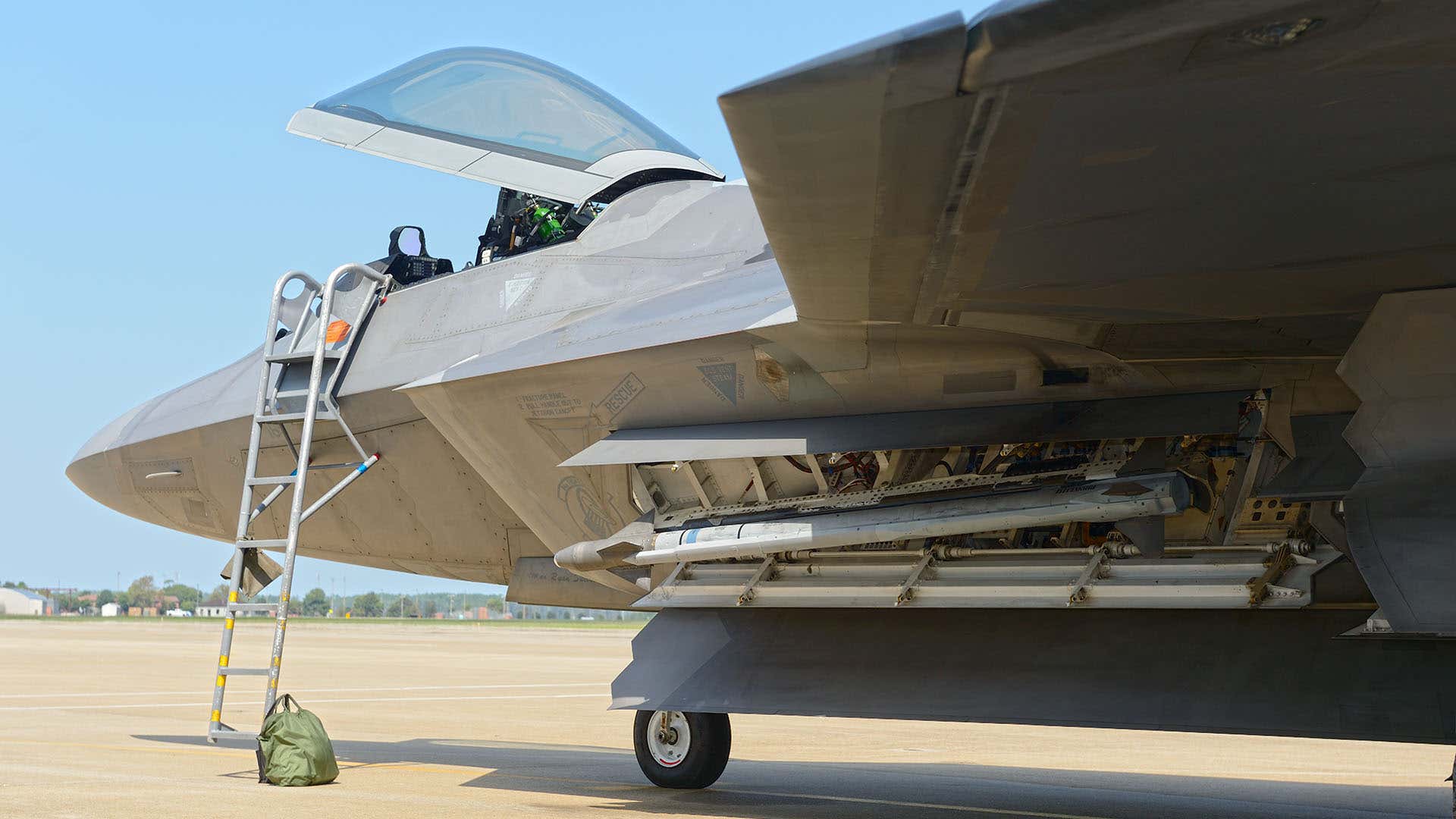
In revisiting its plans to equip the F-22 with an IRST, it’s clear the Air Force thinks that this sensor could bring even more value to the fighter, even as the service starts to look toward a future without the Raptor.
Now, if the technological hurdles can be overcome, the F-22 could very well see out its service with some sort of IRST capability, finally bestowing it with one of the key features the Air Force originally had planned for it.
Contact the author: thomas@thedrive.com and tyler@thedrive.com
